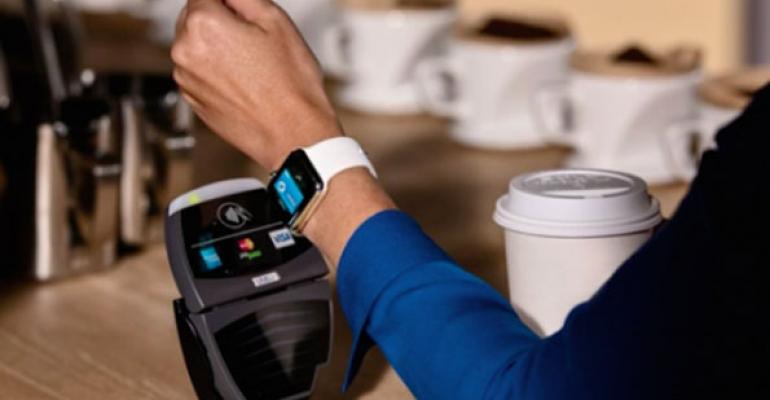The way people eat today looks much different than it did a decade ago. The factors that drive consumer loyalty have changed, as have consumers' expectations when it comes to food quality, speed of service and overall value gained from choosing one establishment over a competitor. And although full service restaurants still enjoy a significant portion of overall market, the segment has been losing ground to fast casual and quick service businesses since 2013.
So, how must casual dining restaurants adapt to see positive market growth in 2016 and beyond?
To answer this question, let’s examine the underlying trends causing the casual dining segment to lose favor with consumers.
In 2014, one foodservice market research firm conducted a consumer survey that asked participants to rate the importance of different attributes when deciding which restaurant they will visit. Unsurprisingly, the first two considerations for consumers when choosing a casual dining restaurant were “taste” and “food quality.” Full service establishments have maintained an advantage when it comes to these two elements, but it’s the third highest-ranking factor among consumers—value—where many casual dining restaurants have trouble competing.
More than 44 percent of participants claimed that the offer of good value through quick, high-quality service was a critical decision point for them when choosing a place to eat. This hasn’t been an issue for FSRs in the past because the only options available to customers were casual dining, quick service and takeout restaurants. Their only choices were higher quality food at a full service restaurant or the lesser quality but added convenience of quick service at a lower price point.
Enter fast casual. FCRs have seen massive popularity since their arrival, and they continue to gain momentum and win market share from FSRs and QSRs.
Impact on full-service restaurants
Diners’ preferences these days are focused on healthy, wholesome food options that come from natural and sustainable sources. Unlike QSRs, which offer fast service and low cost, but whose foods that may include additives and other genetic modifiers, full-service restaurants generally already meet the consumer desire to be served professionally crafted, clean food.
Where FSRs struggle is finding a balance between serving fresh, high quality food while meeting the customer’s expectations for speed of service. At 20.3 percent, full service now has less than one-third of the market share of fast food and almost twice that of fast casual’s 11 percent. However, fast casual gained almost an entire point of market share in 2014 while the full service share shrank.
It’s clear that FCRs are beginning to creep up and take away some of the FSR market ownership. Full service operators must adapt if they hope to retain a steady or increasing profit margin. How? By focusing primarily on improving their speed of service from the guest's arrival to his or her departure.
The future of casual dining
We are already seeing see full service restaurants gravitate toward the fast casual standard of offering speedier carryout options and faster, more efficient service and guest management. This type of efficiency is possible through the use of new technologies and tools, such as cloud-enabled operational management systems that allow operators to collect data and use it to gain insight into the effectiveness of their processes.
Many full service restaurants have already begun to evolve in the hopes of attracting the FCR demographic by branching off and creating their own fast casual concepts. One example of this is the “Express” concept launched by Wolfgang Puck at the UCLA student center.
Operators are likely to agree that the one constant in the restaurant industry is that it’s perpetually changing. Tastes, technology, techniques and the constant evolution of customer attitudes and expectations are unbroken variables operators must always consider. Whether QSR, FSR or FCR, a restaurant’s ability to adapt to change can be the deciding factor in determining whether it will remain profitable.
While it’s impossible for anyone to look ahead and know for sure what the restaurant industry landscape will look like in 10 years, recent trends and the data collected behind them give us a good idea of what full service operators can expect. Branching off and creating hybrid fast-casual concepts will ensure operators provide the food quality and speed of service customers expect today.
Michelle Strong is chief marketing officer at Long Range Systems. A downloadable report from the firm provides more information on this subject.





